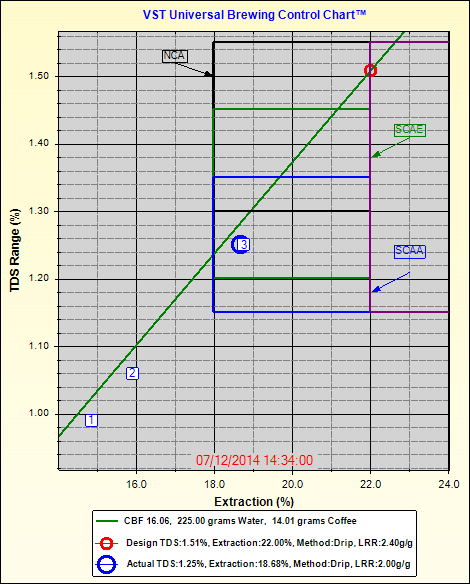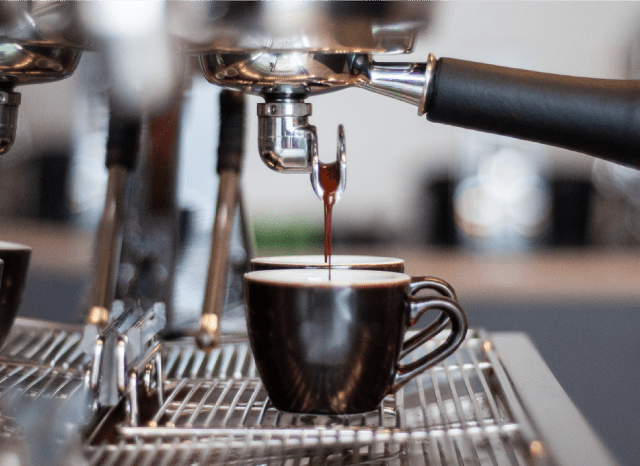Can I adjust the water flow rate and pressure for different brewing techniques?
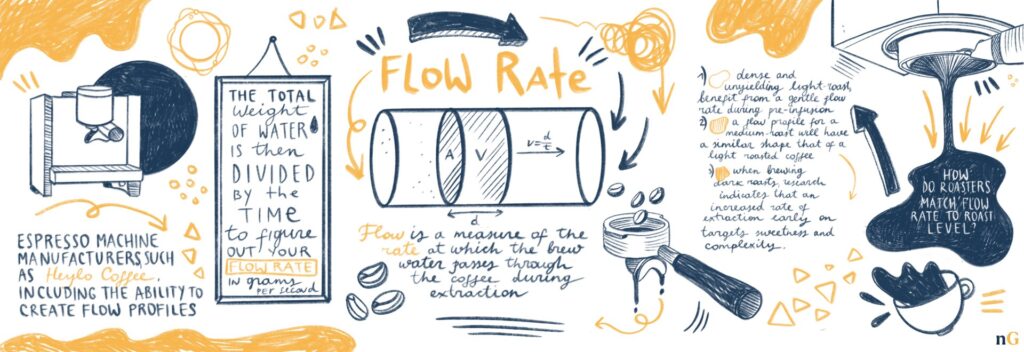
Understanding Water Flow Rate and Pressure in Brewing
In the world of coffee and tea brewing, the water flow rate and pressure play a crucial role in determining the quality of the final brew. By adjusting these factors, you can achieve optimal extraction of flavors and aromas from your coffee beans or tea leaves. Let’s dive into how you can tweak the water flow rate and pressure to enhance your brewing techniques.
Importance of Water Flow Rate
The water flow rate refers to how fast the water runs through your brewing system. A faster flow rate can result in under-extracted coffee or tea, while a slower flow rate can lead to over-extraction. Adjusting the flow rate allows you to control the contact time between water and grounds, ensuring that the flavors are extracted just right.
Significance of Water Pressure
Water pressure, on the other hand, determines the force at which the water hits the coffee grounds or tea leaves. Higher pressure can help with better extraction, as it pushes water through the grounds more efficiently. Lower pressure, on the other hand, can provide a gentler extraction process. By adjusting the pressure, you can tailor the brewing process to bring out the best in your beans or leaves.
Adjusting Water Flow Rate for Brewing Techniques
When it comes to adjusting water flow rate, there are a few key factors to consider depending on the brewing technique you are using.
Drip Coffee
For drip coffee makers, the water flow rate is typically controlled by the machine itself. However, you can still adjust the flow rate by controlling the grind size of your coffee beans. A finer grind allows water to pass through more slowly, while a coarser grind speeds up the flow rate. Experiment with different grind sizes to find the perfect balance for your taste preferences.
Pour-Over
In pour-over brewing, you have complete control over the water flow rate by pouring the water manually. The key here is to maintain a steady and consistent flow throughout the brewing process. You can adjust the flow rate by pouring water slowly or quickly, depending on the flavor profile you want to achieve. Practice makes perfect when it comes to mastering the art of pour-over brewing.
Espresso
Espresso brewing relies heavily on water pressure to extract the intense flavors from finely ground coffee beans. The flow rate in espresso machines is typically controlled by the pump pressure, which is set by the manufacturer. However, you can still adjust the flow rate by using different puck tamping techniques or adjusting the grind size of your espresso beans. Experiment with these variables to find the ideal flow rate for your perfect shot of espresso.

Manipulating Water Pressure for Brewing Techniques
Just like adjusting the flow rate, manipulating water pressure can have a significant impact on the final flavor of your brew. Here’s how you can optimize water pressure for different brewing techniques.
Espresso
Espresso machines are designed to operate at a specific pressure range, usually between 9 and 15 bars. This high pressure is essential for extracting the full flavors and crema from the coffee grounds. Ensure that your machine is calibrated to the correct pressure for the best results. Some advanced espresso machines even allow you to adjust the pressure manually, giving you more control over the brewing process.
Cold Brew
In cold brew brewing, a low pressure is ideal for a smooth and mellow extraction. You can achieve this by using a slow drip cold brew system or by steeping your coffee grounds in cold water for an extended period. The low pressure allows for a gentle extraction process, resulting in a less acidic and more balanced cup of cold brew coffee.
French Press
French press brewing does not rely on high pressure like espresso, but rather on immersion to extract flavors. By plunging the coffee grounds in hot water and allowing them to steep, you can control the pressure by adjusting the steeping time. A longer steeping time can lead to a stronger brew, while a shorter steeping time produces a milder cup of coffee. Experiment with different steeping times to find your preferred level of pressure for French press brewing.
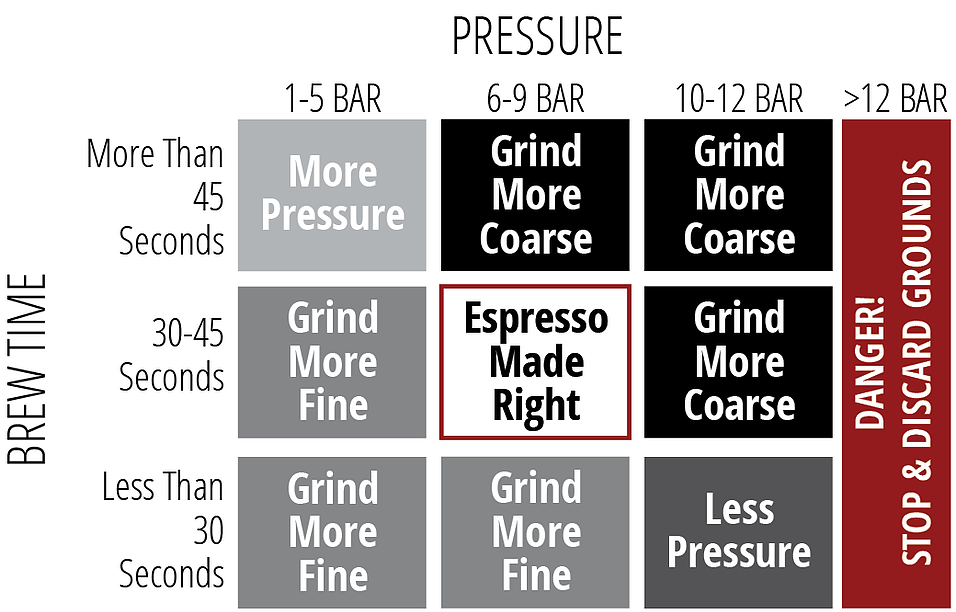
Tips for Fine-Tuning Water Flow Rate and Pressure
To achieve the perfect brew, here are some expert tips for fine-tuning the water flow rate and pressure in your brewing process.
Experiment with Different Variables
Don’t be afraid to experiment with different variables like grind size, water temperature, and extraction time to find the ideal combination for your brewing technique. Each variable can impact the flow rate and pressure, so play around with them to achieve your desired flavor profiles.
Keep a Brewing Journal
A brewing journal can be a valuable tool for tracking your experiments and recording the results. Note down the flow rate, pressure, grind size, and any other variables you adjust during each brewing session. This will help you identify patterns and make informed decisions about your brewing techniques.
Regular Maintenance of Equipment
Proper maintenance of your brewing equipment is essential for consistent water flow rate and pressure. Clean your machines regularly, descale the components, and check for any signs of wear and tear that could affect the brewing process. Well-maintained equipment ensures that you can control the flow rate and pressure accurately.
Seek Advice from Professionals
If you’re struggling to adjust the water flow rate and pressure on your brewing equipment, don’t hesitate to seek advice from professionals in the industry. Baristas, coffee roasters, and tea experts can provide valuable insights and tips to help you optimize your brewing techniques. Don’t be afraid to ask for help when needed.
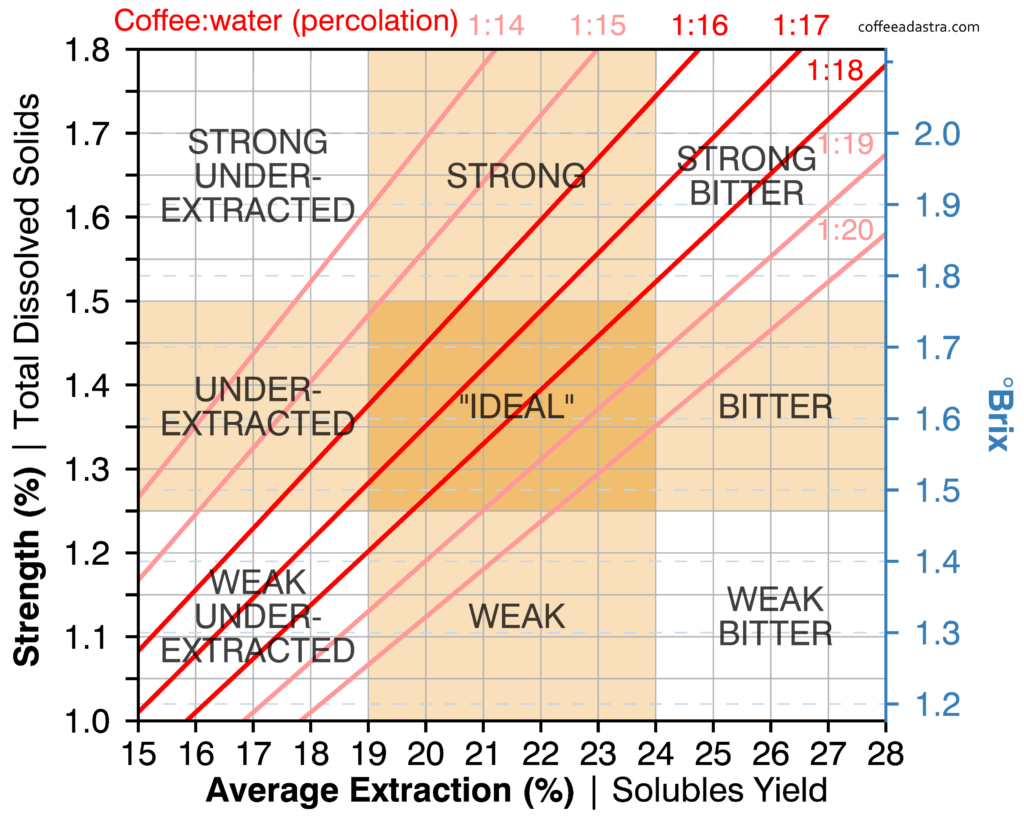
Conclusion
Adjusting the water flow rate and pressure for optimal brewing techniques is a skill that takes time and practice to master. By understanding the importance of these factors and experimenting with different variables, you can elevate your brewing game and enjoy a flavorful and aromatic cup of coffee or tea every time. Remember to keep refining your techniques, keeping a brewing journal, and seeking advice from experts to continue improving your brewing skills. Happy brewing!
